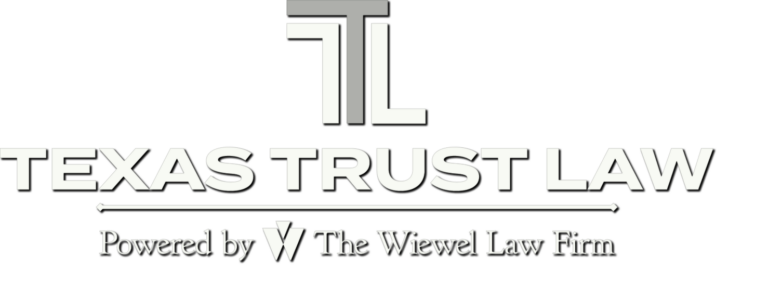
Removing a Trustee Due to Incapacity
A trustee is responsible for managing and distributing assets according to the terms of a trust. However, when a trustee becomes mentally or physically incapacitated, they may no longer be able to fulfill their legal and fiduciary responsibilities. In such cases, the beneficiaries or co-trustees may need to take steps to remove the incapacitated trustee and appoint a capable replacement. Removing a trustee due to incapacity is a sensitive legal matter. It requires careful planning and adherence to the terms of the trust.
Understanding the process and potential challenges can help protect the trust and ensure that assets continue to be appropriately managed.
Identifying Signs of Trustee Incapacity
A trustee’s incapacity is typically related to cognitive decline, physical illness, or other conditions that prevent them from effectively managing the trust. Common signs that a trustee may no longer be fit to serve include:
- Forgetting important financial obligations or failing to distribute assets as required
- Making poor financial decisions that jeopardize the value of the trust
- Neglecting record-keeping responsibilities, leading to missing or inaccurate financial reports
- Becoming unresponsive to beneficiaries or failing to communicate about trust matters
- Receiving medical diagnoses, such as dementia or severe physical impairments, that prevent them from fulfilling their duties
Incapacity can be gradual or sudden, so it is crucial to monitor the trustee’s ability to manage the trust effectively and act when necessary.
Reviewing the Trust Document for Removal Provisions
Most well-drafted trusts include guidelines for removing a trustee in the event of incapacity. These provisions often specify:
- Who has the authority to remove a trustee (e.g., beneficiaries, co-trustees, or a trust protector)
- What evidence is required to prove incapacity, such as a physician’s certification or court determination
- The process for appointing a successor trustee to take over management responsibilities
If the trust document clearly outlines removal procedures, the process can be relatively straightforward. However, if the document does not specify incapacity procedures, court intervention may be required.
Seeking Medical and Legal Evidence of Incapacity
In cases where a trustee’s incapacity is disputed, gathering medical and legal evidence is necessary. This often includes:
- Medical documentation from a licensed physician stating that the trustee is no longer capable of making financial decisions
- Statements from beneficiaries or co-trustees detailing instances of mismanagement or neglect
- Court petitions, if necessary, to legally establish the trustee’s incapacity and authorize their removal
Having clear documentation can prevent unnecessary legal disputes and ensure a smooth transition of trustee responsibilities.
Initiating the Removal Process
If the trust document provides a process for removal, the first step is to follow the outlined procedures. This may involve notifying the incapacitated trustee, obtaining required medical opinions and formally naming a successor trustee.
If no removal process is specified in the trust, the beneficiaries or co-trustees may need to file a petition in probate court to request judicial intervention. The court will review medical evidence, evaluate the trustee’s condition, and determine whether removal is in the best interest of the trust and its beneficiaries.
Appointing a Successor Trustee
After the incapacitated trustee is removed, a new trustee must be appointed to manage the trust. The trust document typically designates a successor trustee. However, if no successor is named, the beneficiaries or the court may need to appoint one.
Choosing a responsible and qualified individual or corporate trustee ensures that the trust remains properly managed and continues to serve its intended purpose.
Preventing Future Issues with Trustee Incapacity
Removing a trustee due to incapacity is never easy. To avoid future complications, it is essential to include clear incapacity provisions in a trust. These provisions should outline who has the authority to remove a trustee, what documentation is required and the process for appointing a successor.
Families can also consider appointing co-trustees or a trust protector who can step in if the primary trustee becomes incapacitated. Taking these steps ensures that the trust remains in capable hands and that assets are protected for beneficiaries. If you would like to learn more about the role of the trustee in estate planning, please visit our previous posts.
Reference: ACTEC Foundation (January 2024) “Practical Considerations in Dealing with Incapacity”
Photo by Andrea Piacquadio















